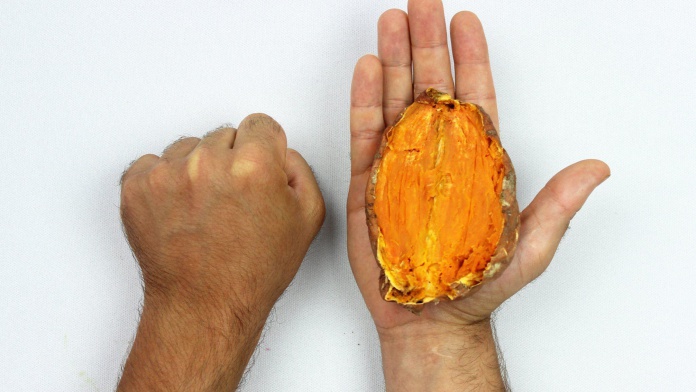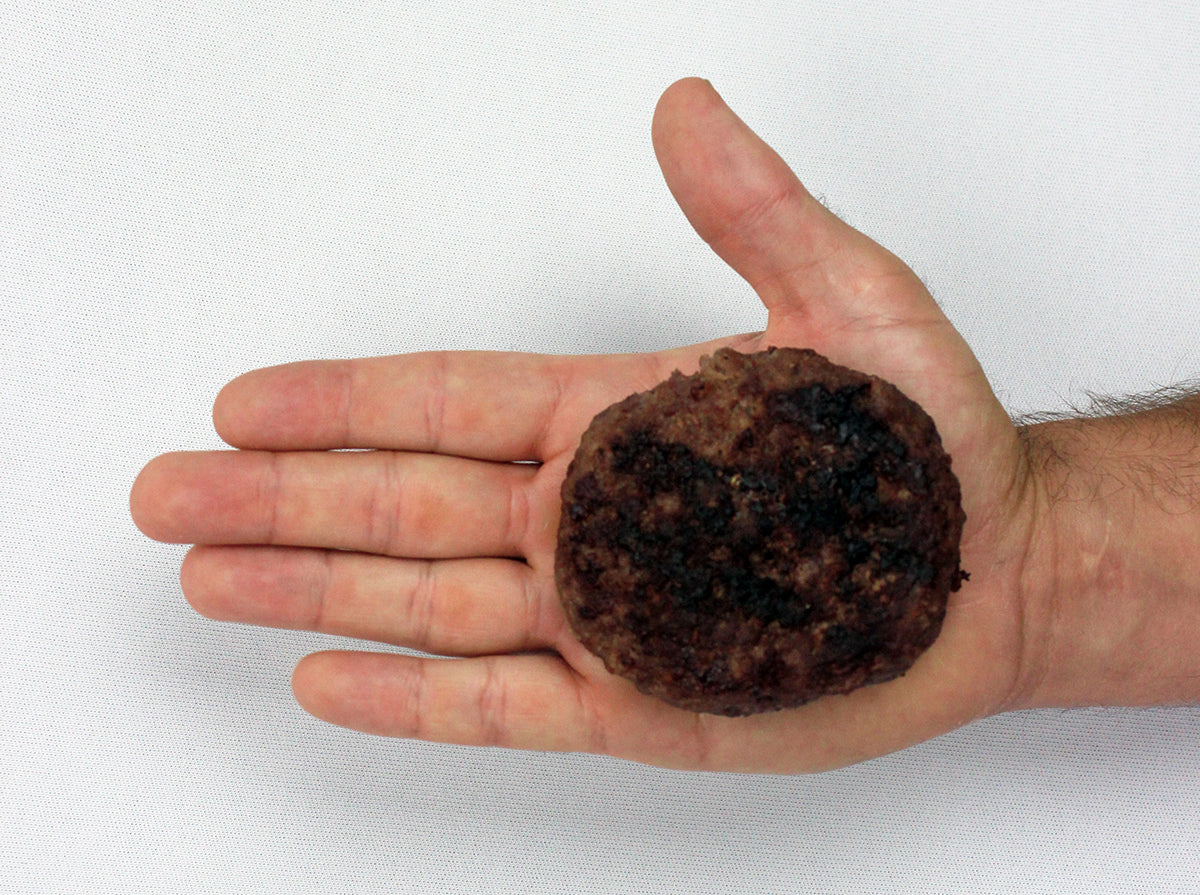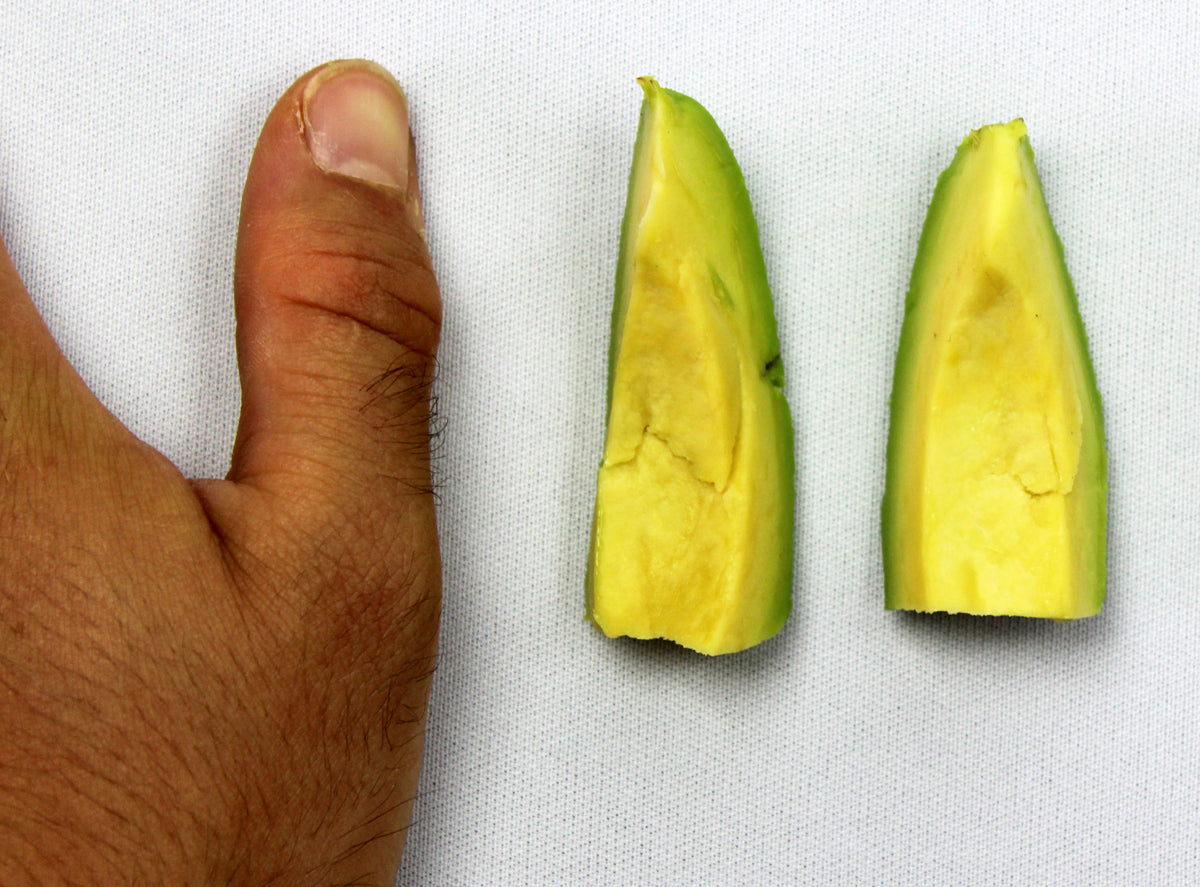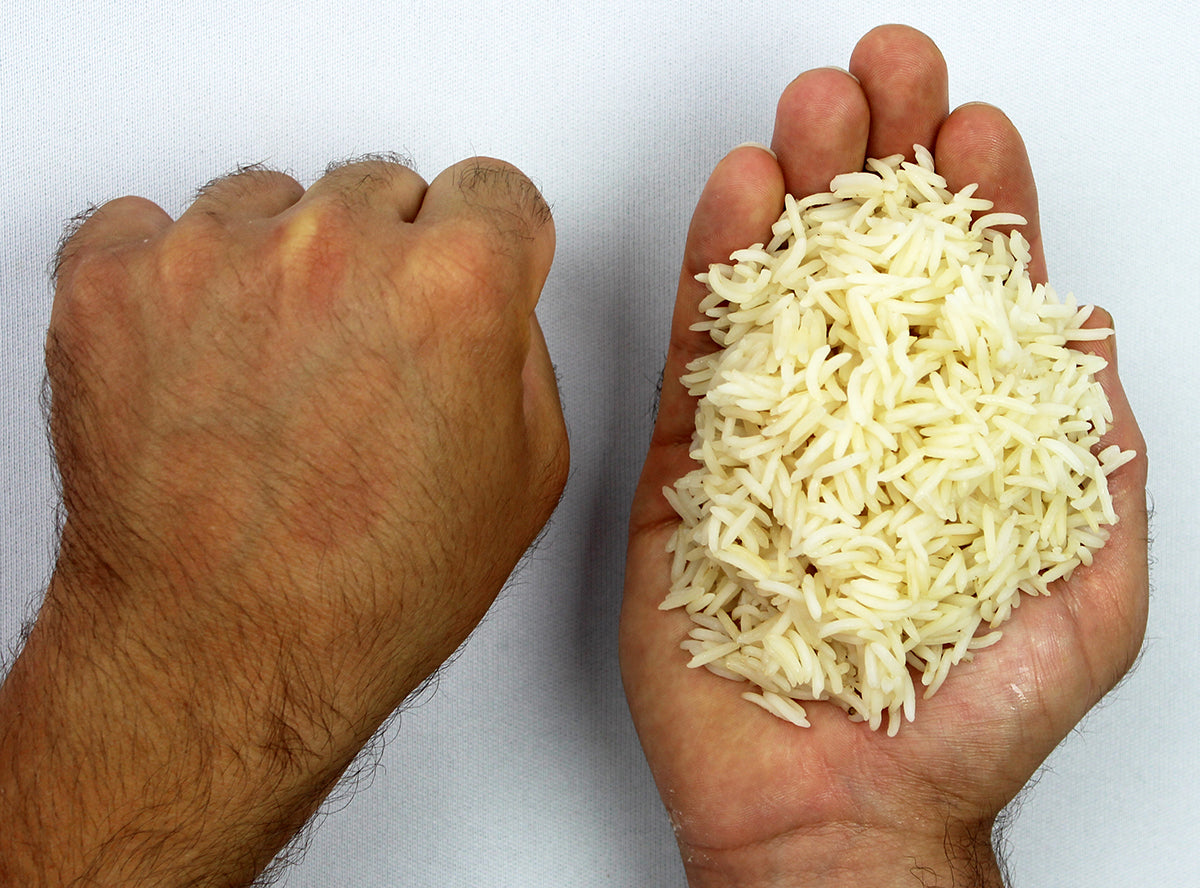
How to use your hands to diet
When it comes to dieting and losing fat there is no doubt that 24-hour energy balance is the key factor to consider. If you burn off more energy than you put back into your body you will lose weight. I wrote a blog about this a few weeks ago so go back and read that if you want to know more about calories and energy balance.
But, sometimes there is too much focus on the numbers, the technicalities and the theories surrounding it.
More importantly, however, than calories in versus calories out are two other behaviour based factors – control and consistency.
There are many ways of creating an energy deficit and not all of them involve number crunching, weighing every morsel of food and worrying if that one food fits your macros.
My justification
I’ll let you in to a secret… OK it’s not that much of a secret. I don’t like counting calories. I’m not a maths wizard and I don’t have OCD so the concept of inputting everything I eat into a mobile app and weighing everything I eat with a set of pocket scales just doesn’t sit well with me. I don’t enjoy using the app and I don’t want to waste precious time or energy worrying about small details like that.
Yes, I use the app from time to time but, unlike my more physique focused colleagues, I don’t periodised my diet and I don’t have lean gain periods followed by a six week cut, or whatever. I’ll use it to check my TDEE every few months and just to help refocus me on the need for control. But, I’m happy being 14% body fat and have no intention of ever standing on a stage in a pair of speedos, slathered with fake tan and posing to a group of strangers. If being leaner would make me a better surfer, then I’d get leaner but an extra couple of percentiles of adipose tissue isn’t the reason that I’m no Laird Hamilton.
Don’t get me wrong I have helped people get six-pack lean and I often get my clients using MyFitnessPal as part of the education process, it’s a great tool for getting your head around that 24 hour energy balance principle. It can also be essential for an athlete to really ensure optimal performance and recovery.
I recently had an age group triathlete come to me for nutrition advice. I gave her the basics about the composition of food, a template for judging portion sizes and advice on recovery protocols.
Just by getting these basics right she lost weight to improve her power-to-weight ratio, her sleep and recovery improved and her performances improved massively. Recently she came back to me because she wanted to take it a step further. Enter MyFitnessPal and a cyclical macro plan.
You see, it’s a tool and a great one to have in your bag but should you be counting calories all the time? Is it really normal behaviour? Is it just one more thing to obsess about and punish yourself over for not getting right?
But, what’s the alternative?
I mentioned earlier about control and consistency. To create an energy deficit, you need to control your food intake, to do so sustainably you need to be consistent. This is a method that I have used on myself and with many clients that works and feels a lot less claustrophobic than constantly counting calories.
Diet with your hands
This method isn’t new, versions of it have been used for years by personal trainers and nutritionists the world over. The reason for this is because it works.
Here I am giving you a really simple method for helping you to create an energy deficit. By all means track a week’s intake on MFP beforehand, just to give you an idea of your TDEE and to appreciate the energy value of foods.
Obviously, any healthy diet needs to have a base of plant foods, so lots of fruit and veg. I advise 2 cupped handful sized servings of mixed veg at-least twice per day, if not three. A couple of portions of fruit is always good for extra vitamins and fibre.
(I have written an ebook which will be going on sale on the BTN website really soon, which takes this kind of approach to new levels, with 3 stages of development and even a template for weight gain for those of you looking to unleash the beast within. There’s even an extensive explanation of the composition of foods, because without that knowledge this approach won’t work).
But let’s look at the macros.
Protein

A hand sized portion of protein dense foods like, say, chicken, will contain around 30-40g of protein, depending on the size of your hands. A little more if you have really big hands or if it is a really thick or dense cut. Remember that some meats also contain fats and most plant based protein sourced usually contain at least 50% either carbs or fats. So keep this in mind.
Fats

A thumb sized serving of liquid fats is roughly equivalent to a tablespoon of oil which offers around 14g of fat. Solids about a half to two thirds of that number depending on the source. I usually say one thumb for liquid and two for solids.
Carbohydrates

A fist sized serving of carb dense foods comes in at around 40g of carbohydrate. Think wet rice, mashed potato, a bread roll (or ‘barm’ if you live beyond the Watford gap).
Obviously this refers more to your starchy and fibrous carbs more than the sugary kind. If adding honey or syrup use a thumb instead, because they are far more energy dense.
How does it work
Right, you can simply use the above measures to build your meals and know that you are likely to not be over eating if you have three normal meals a day.
But what if you want to lose weight and you need more control? Simple, what’s your target weight in kilos?
Multiply this number by 2 to find your protein target. By 0.5-1.5 to find your fats target and by 3-5 for your carbohydrate target. The higher you go on carbs, the lower you will go on fats.
When using this template, I like my clients to aim for about 2g of protein per kg of body weight, this helps to maintain lean mass and helps with satiety.
The easiest way to explain all this is to use an example.
Meet Sally (Sally’s waving back), she’s 42, moderately active and weighs 80kg. Her target weight is 60kg because that’s what she weighed when she was at her leanest and fittest during her college hockey days.
The ratios Sally will use to work out her portions look like this:
- Protein 2 x target weight (60kg) = 120g
- Fats 1.3 x 60 = 78g (I think it’s important to have a good amount of healthy fats in the diet, especially for women her age).
- Carbohydrates 3 x 60 = 180g
Next Sally has to work out her portions. She has medium hands so her protein portions go at around 35g. We’ll assume carbs are 40g and liquid fats are 14g.
- Protein: 120/35 = 3.5 hands. We can round this up slightly because there’s no harm in keeping protein a little higher
- Fats: 78/14 = 5.5 thumbs
- Carbs: 180/40 = 4.5 fists
She can divide this up any way she sees fit, over two, three or four meals and any snacks will have to fit in with her portions.
Add to this her cupped hand sized servings of veg and she is certainly in no danger of being dangerously low with her calories and will be getting adequate amounts of all the macros to ensure that she is fit and healthy.
This is obviously a starting point, like all diet plans. So if she is losing weight too quickly she can add-in an extra thumb of fats or an extra fist of carbs. If she starts exercising more vigorously then she will probably need to add in an extra couple of fists of carbs.
Yes, there’s maths involved and I know that isn’t to everyone’s liking, I too hate maths! But, you have to swallow the bullet on this because, as I have already said a couple of times, control and consistency are the key factors to practical weight loss. After a bit of practice, it becomes organic and you almost do it without thinking.
No more stressing that you can’t find your restaurant food on MyFitnessPal, no more counting calories and no more cursing the fact that the battery has just died on your digital scales.
Lastly, you will need to occasionally weigh yourself and feel free to check yourself in the mirror every now and then to see how things are going, but for most people the best guide is how their clothes feel on them.
There you go. One awesome and stress free way of judging portion sizes to elicit healthy weight loss. You’re welcome. Of course, if you want to explore this further and get a better understanding of the composition of foods and how it affects your health or performance then it’s lucky for you that I am still taking on clients.